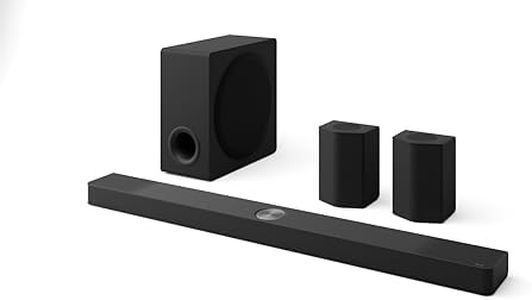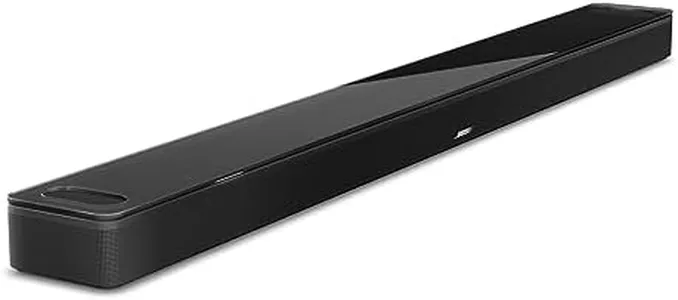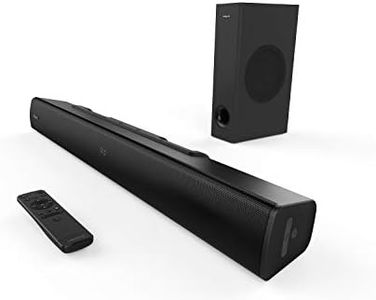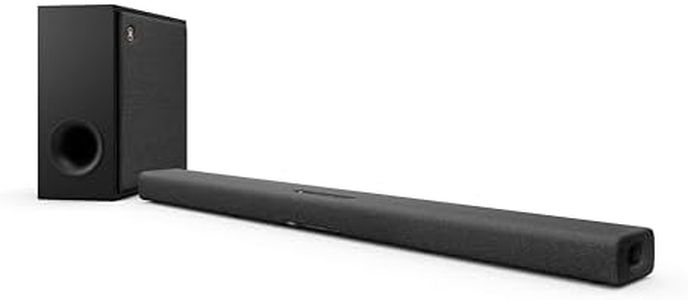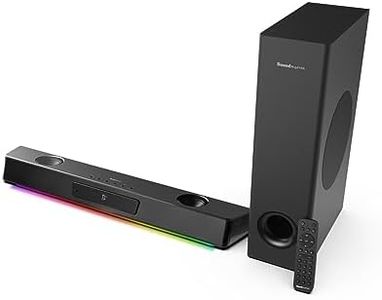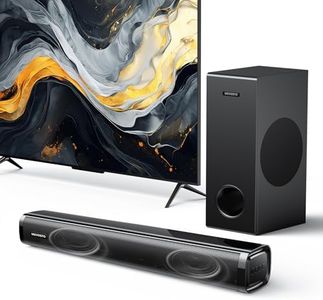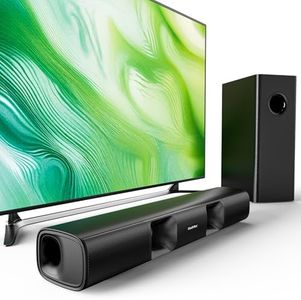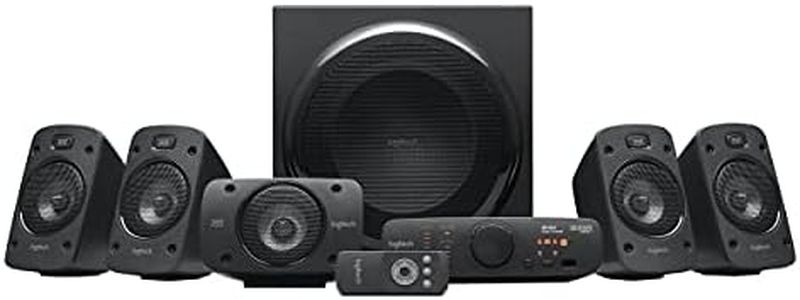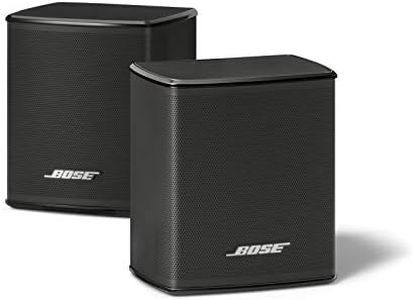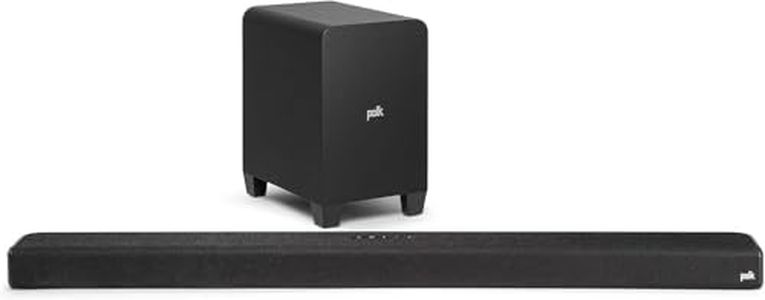We Use CookiesWe use cookies to enhance the security, performance,
functionality and for analytical and promotional activities. By continuing to browse this site you
are agreeing to our privacy policy
10 Best Surround Sound Systems
From leading brands and best sellers available on the web.By clicking on a link to a third party's website, log data is shared with that third party.
Buying Guide for the Best Surround Sound Systems
Choosing the right surround sound system can transform your enjoyment of movies, music, and games by providing immersive audio that fills the room. To make an informed choice, you'll want to understand how different specs impact your experience, and think about how you’ll use the system: Is it for a home theater? Gaming? Regular TV watching? Also, consider the size and layout of the room where you’ll set it up, as well as your preferences when it comes to audio quality and ease of use. Here are the key features and specifications to help guide your decision:Number of ChannelsThe number of channels in a surround sound system tells you how many separate audio sources (speakers) you’ll hear sound from. Common layouts are 2.1 (left/right speakers plus a subwoofer), 5.1 (five speakers plus subwoofer), and 7.1 or higher for more complex setups. The more channels you have, the more immersive and precise the sound placement can be, especially for movies. If you have a small room or mainly listen to music, a simpler setup may be enough. For larger rooms or true cinema-like experiences, a higher channel count can be worth considering.
Speaker Type and SizeSurround sound systems use a mix of speaker types: front, center, surround, and subwoofers. The size and type of these speakers impact what sounds you hear and how clearly you hear them. Larger speakers generally produce stronger and deeper sounds, which may be great for big rooms and action movies. Compact speakers might be easier to fit into small spaces. Think about your room size and what you’ll listen to most—dialogue and detail need clear center and satellite speakers, while bass-heavy content benefits from a powerful subwoofer.
Audio Formats SupportedAudio formats (like Dolby Digital, DTS, Atmos) refer to the way sound is encoded and played back to create a surround effect. More advanced formats offer richer, more directional audio, sometimes even simulating sound from above. Look for systems that support the formats commonly used in your favorite movies, games, or streaming platforms. If you mostly watch basic TV, standard formats will suffice; for Blu-ray movies or new streaming content, advanced formats can make a noticeable difference.
Connectivity OptionsConnectivity determines how your system links with other devices, such as TVs, game consoles, or streaming boxes. Common connections include HDMI, optical, Bluetooth, and Wi-Fi. More connection options can make setup easier and future-proof your system. If you want simple plug-and-play or wireless music streaming, prioritize Bluetooth or Wi-Fi; if you need to connect many devices, look for multiple HDMI inputs and outputs.
Room Calibration and Sound Adjustment FeaturesSome systems offer room calibration features that automatically adjust sound based on your room's size and layout. This can help achieve better balance and clarity without manual tweaks. If you want a 'set it and forget it' experience, these features are useful. If you enjoy fine-tuning your sound, manual equalizer settings or preset modes might be more important to you.
Wired vs. Wireless ComponentsSome surround sound systems use traditional wires to connect all speakers, while others offer wireless connections to certain components, making placement more flexible and setup tidier. Wireless systems are more convenient, especially in rooms where running cables is difficult. However, they may require power outlets at each speaker or occasional battery changes. Choose based on your room layout and tolerance for visible cables.
